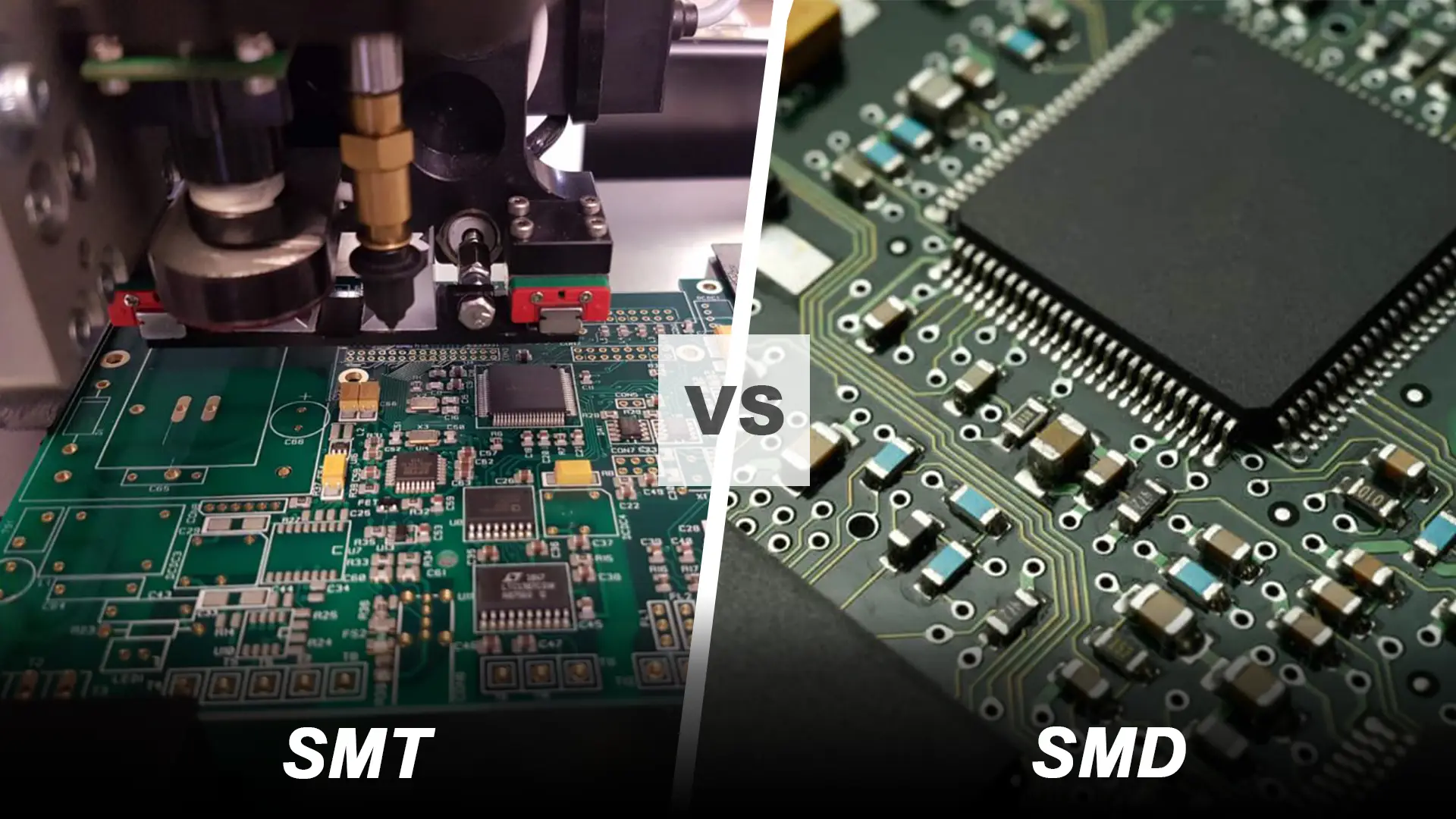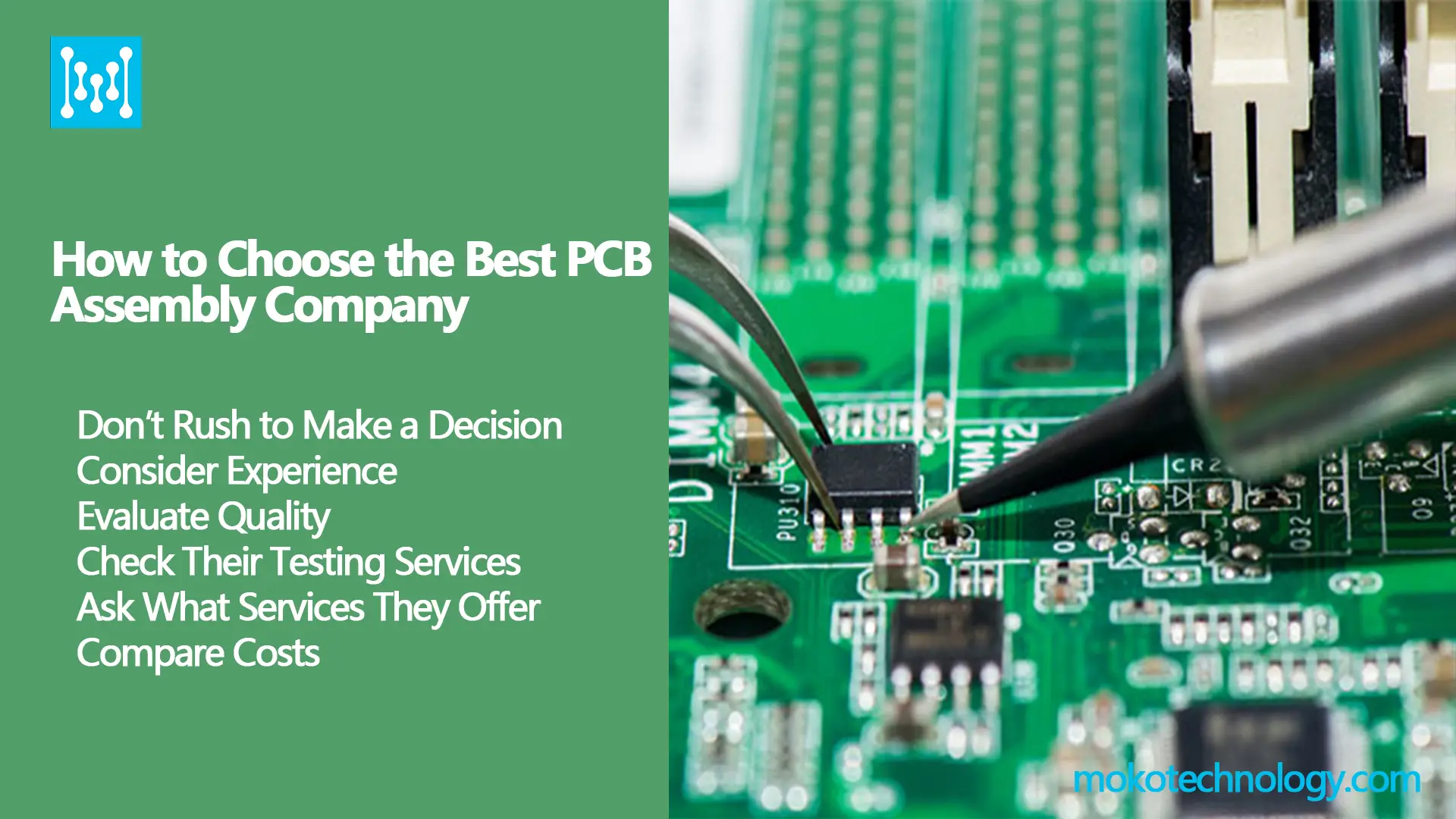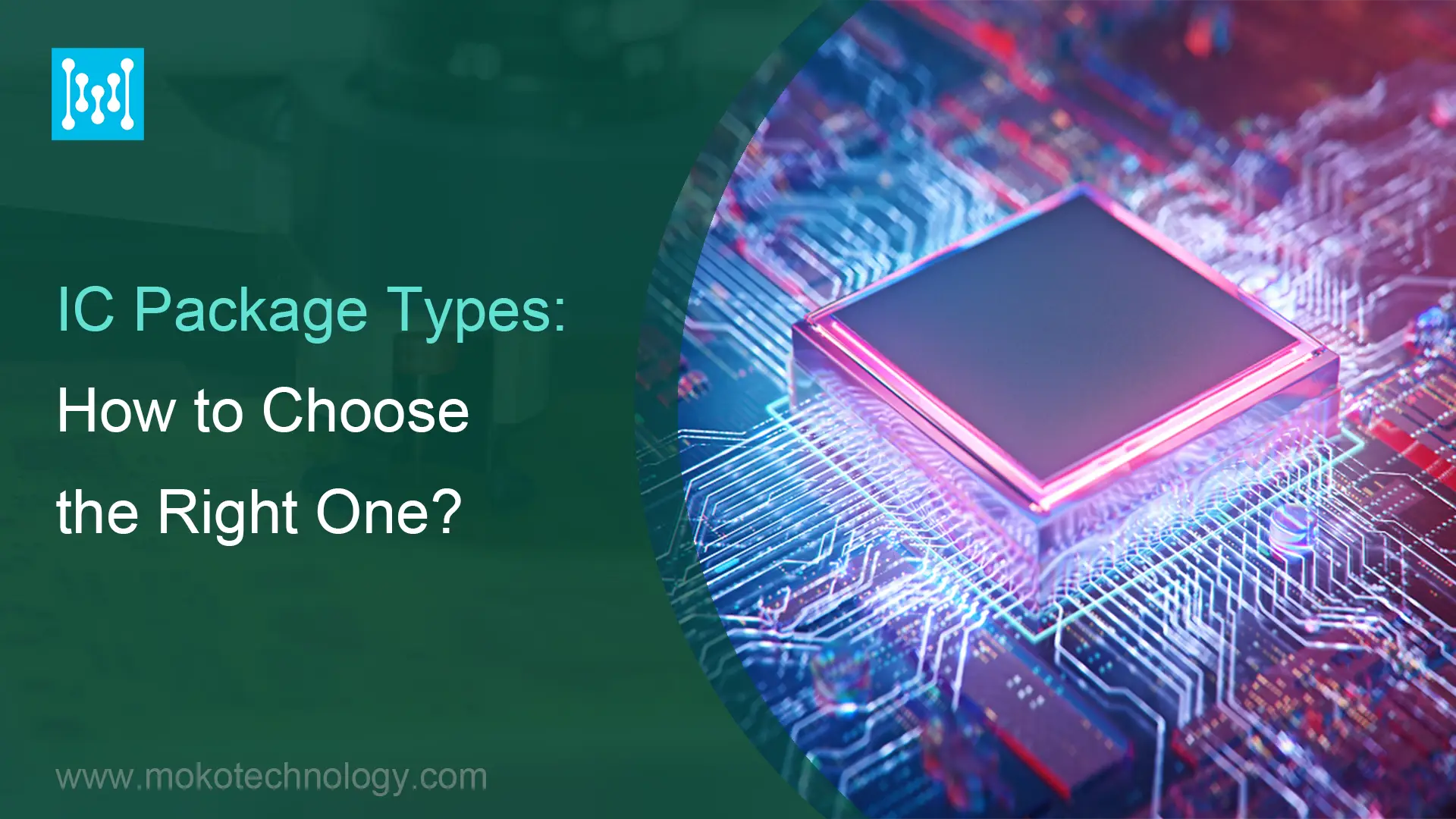The soldering process for each side of the PCB is the same.
Usually, the surface tension will be enough to hold a BGA in place, given the number of balls compared to the weight of the chip. If it is not the components will be glued, but it is quite rare to need to do it.
By design, one should avoid putting heavy components on each side of the board. On the bottom, there should only be small components.
Read More: Should I Use Double Layer PCB or Single Layer PCB?
#PCB Assembly #PCB Design



